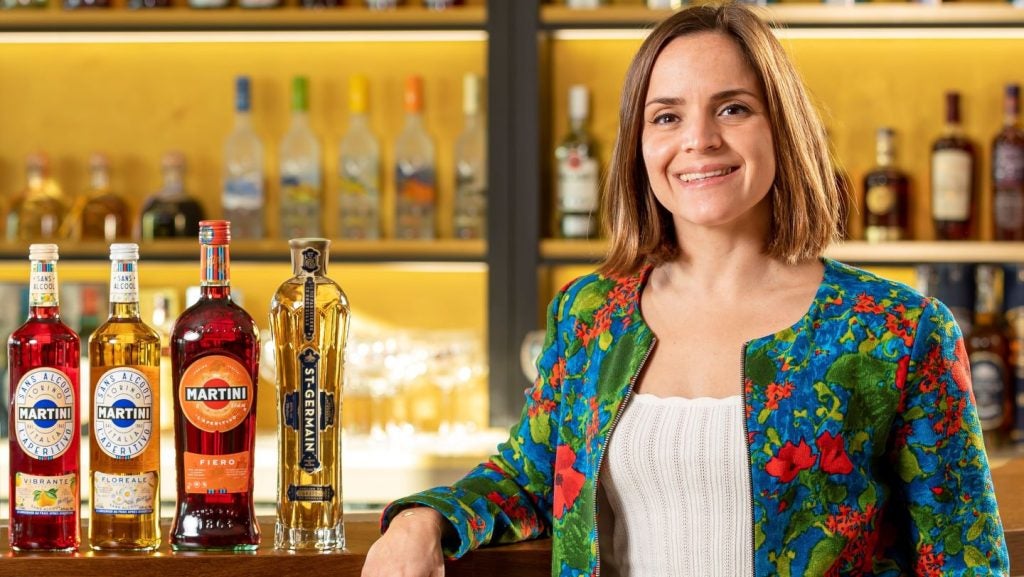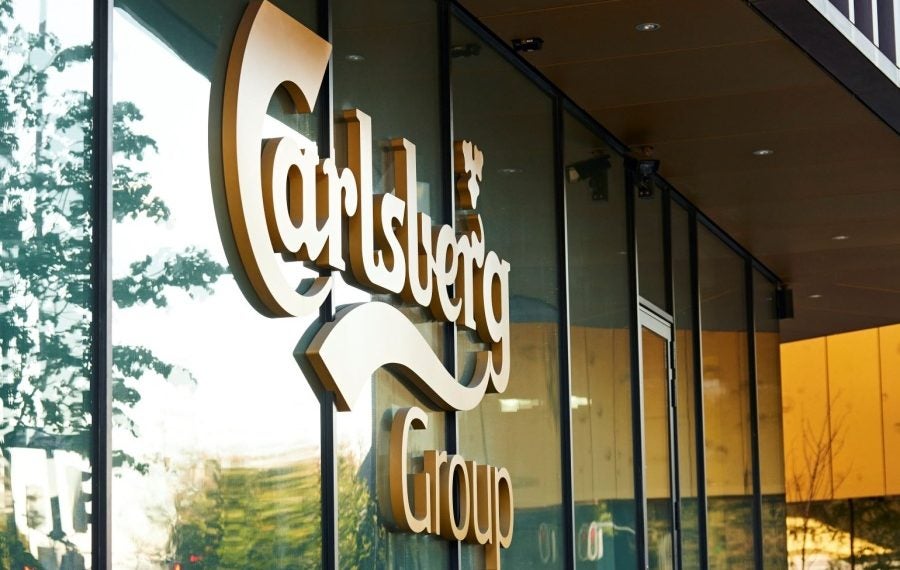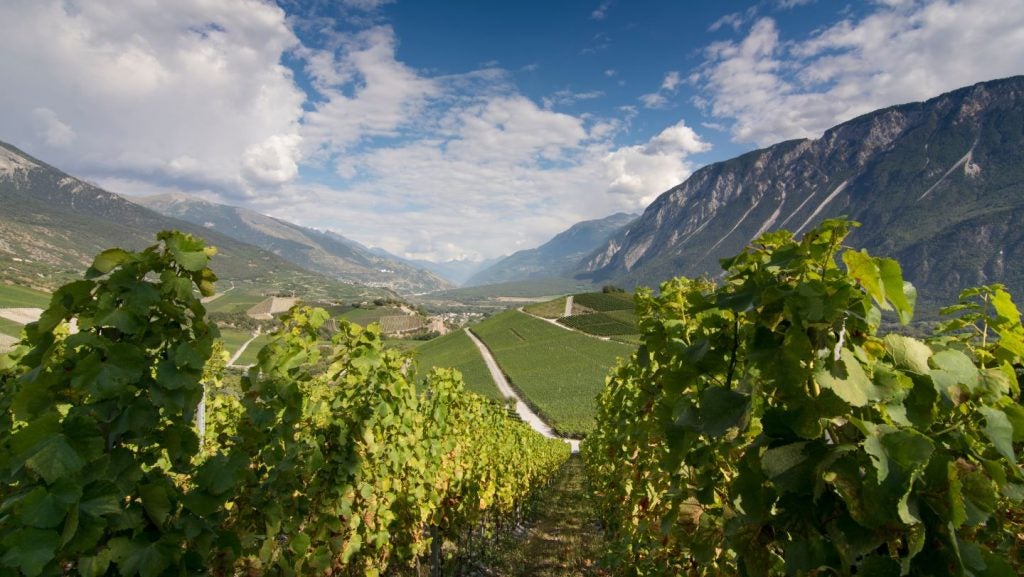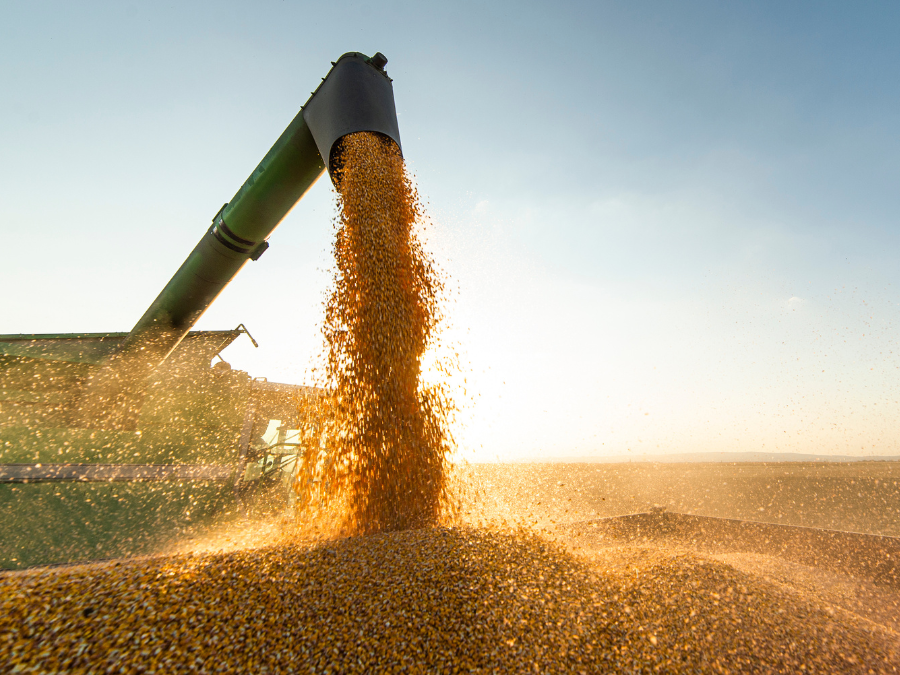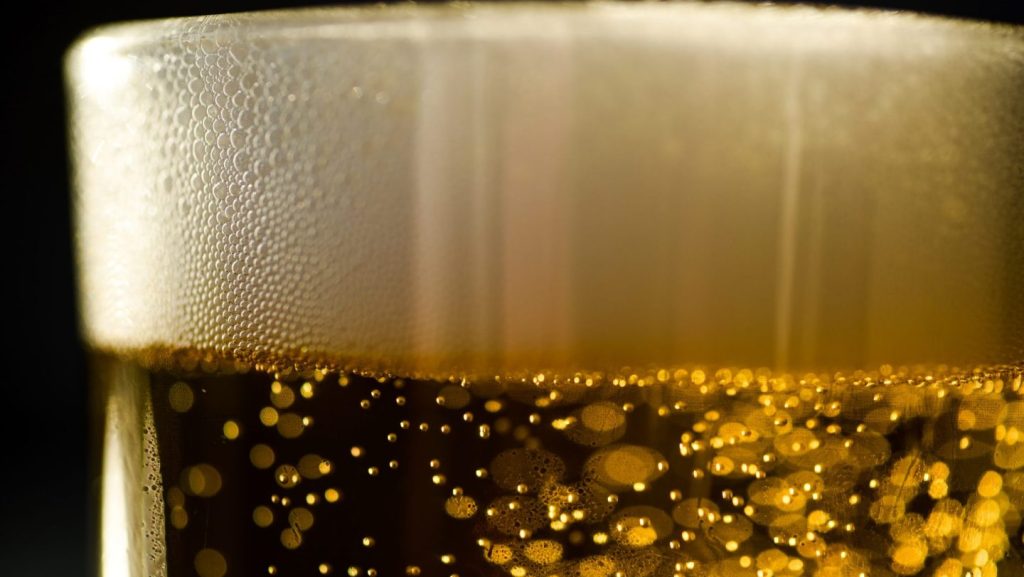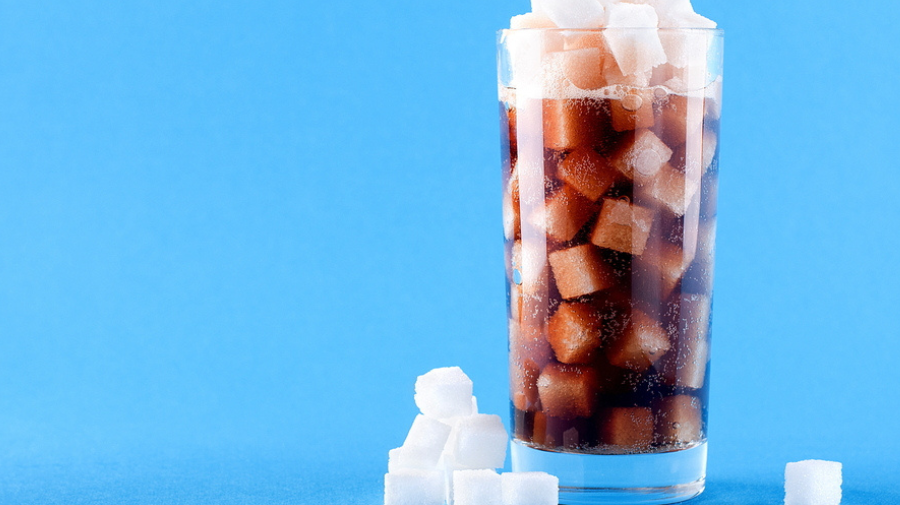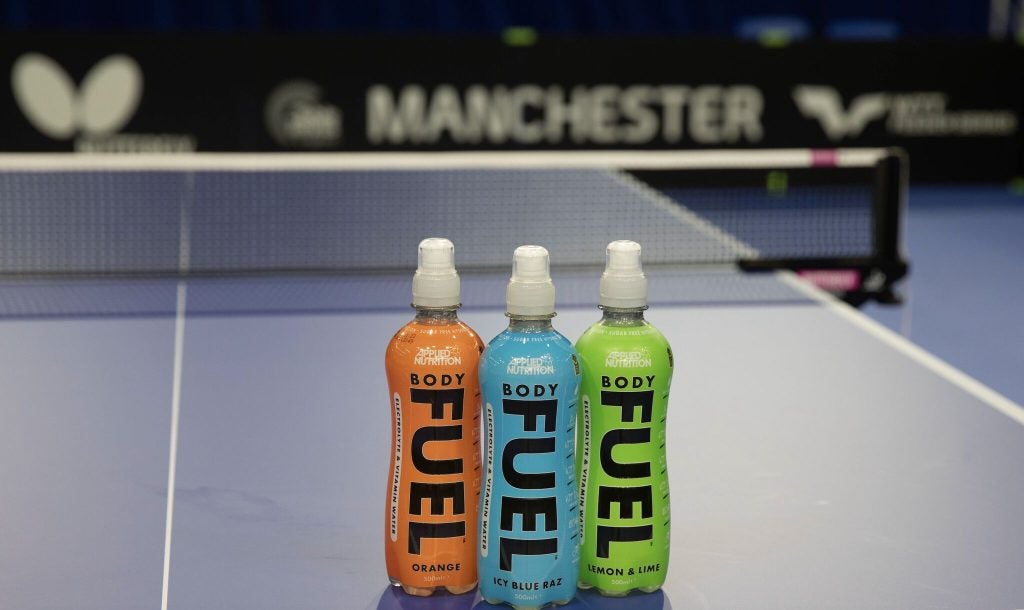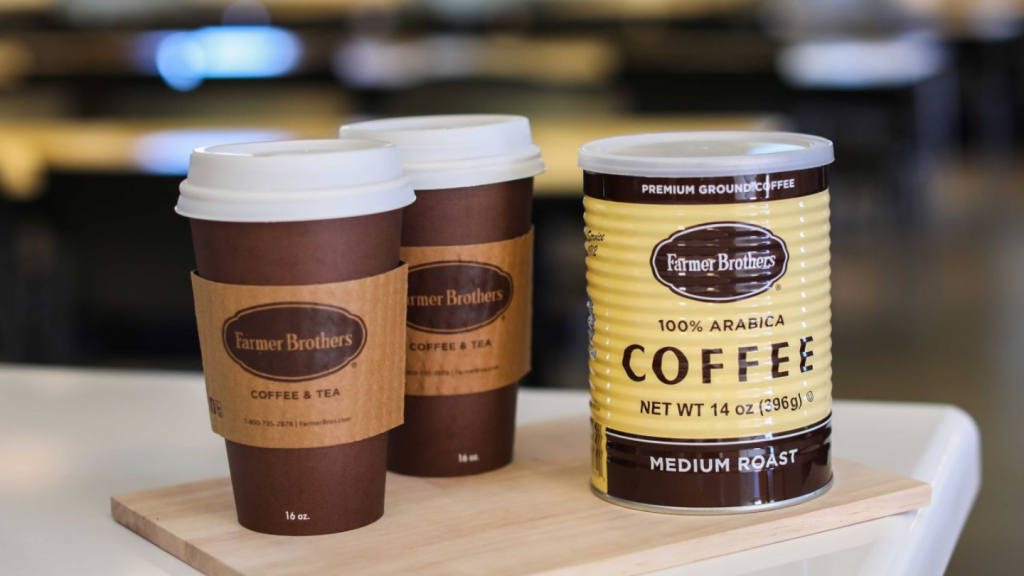Bacardi was one of the first big players to enter the non-alcoholic category in spirits when it launched its alcohol-free Martini range in 2020 in Europe, followed by North America in 2022.
Since 2021, the privately-owned group has also been trialling an independent alcohol-free range in France called Palette, tailored to the on-premise.
Bacardi also has a long-standing presence in the lower-alcohol spirits market, having owned the Martini Rosso vermouth brand since 1993 and acquiring the St Germain elderflower liqueur in 2013.
Nearly four years on from its initial breakthrough into non-alcoholic spirits, Just Drinks sat down with Bacardi’s head of innovation for western Europe, Marine Rozenfeld, to discuss evolving consumer trends, the rise in interest from the on-premise, and why it takes time to develop a strong product in the low- and -no sector.
Just Drinks: How would you assess the performance of Bacardi’s no- and -low business in 2023?
Marine Rozenfeld: The Martini range we launched in 2020. So now we have a couple of years behind us to really see how it’s been performing and it’s really going from strength to strength. We are the number one rated product on Amazon which [says] a lot about the quality and experience that you get. We see a lot of people come back to the range and it’s growing particularly strongly in the [on-premise]. We had some really good starts in the off-trade and now the [on-premise] is also picking up as we see more bartenders and bar owners really getting behind the non-alcoholic trend and also choosing Martini as part of their offering on the menu.
From a low perspective, where we see probably the most traction is the St Germain liqueur. This space, the lighter spritz drink, is meant to double in size by 2030. [St Germain] is actually one that we play more in the [on-premise] because you want to see that beautiful drink made by a professional.
Just Drinks: Which markets have the products been performing particularly well in?
Rozenfeld: France is a market that’s really picking up. In the US, [St Germain has] been established for a long time but it was somehow the magic of social media [that helped sales]. It got on trend on Tik Tok this summer and you see that kind of bubble [emerge]. There were quite a lot of US consumers who were seeing the Hugo spritz [on their travels] in Europe, and they were bringing back photos and posting about it. We’re getting quite a lot of traction in the US, which is supported by the social media buzz that we see on the drink.
Whilst in the US there is traction for sure, two-thirds of the no- and -low business is in Europe still. It’s really the region that’s leading the way.
Just Drinks: How much interest have you seen from the on-premise versus off-premise for the non-alcoholic products?
Rozenfeld: I think it has been a slower trend to pick up in the [on-premise] but, going back to our Martini range, we were super proud to see the Martini Floreale win Best Spirit award at Tales of the Cocktail awards in 2023. This was quite amazing because it’s the best spirit award, not the best non-alcoholic spirit award. This event is very much about the top bartenders in the world and it was the second year that they were choosing a non-alcoholic option for this award, so it goes to show they’re starting to pick up on the trend. Now, we [also] see menus with no-alcoholic or low-alcohol options in the majority of bars. This wasn’t the case when this trend started. Initially it was more driven by consumers.
It also takes a little bit of training and education because bartenders have been making cocktails with alcohol forever and then, suddenly, they need to make really interesting drinks with non-alcoholic options. That training and education on how to make a great cocktail with those products takes a little bit of time and it’s something that Bacardi is really invested in. We are training the bar staff and last year we trained over 4,500 bars in Europe. We have a training course around no-and-low options to really help the trade execute it well and make really great drinks for their customers.
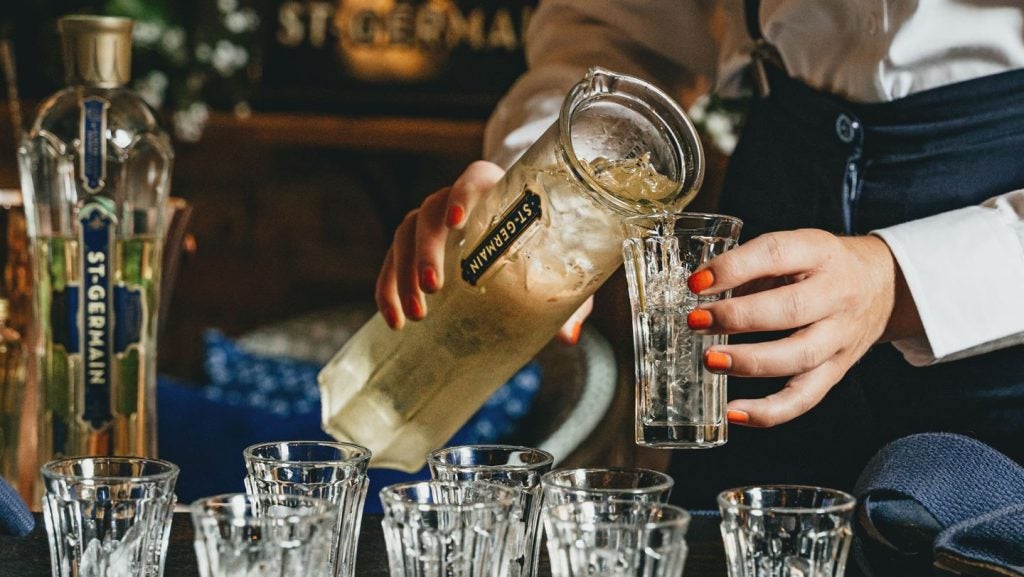
Just Drinks: Palette is Bacardi’s independent label non-alcoholic spirit. When did it launch and how has it performed?
Rozenfeld: Palette we launched in a test market in France in 2021. We’re still following through with the test in France and we have quite a few bars that are [fans of the brand] and the drinks we can make, the versatility of the range. That’s still ongoing.
We’re still looking at that only in France. We have the Martini range on the one hand and we’re watching how that’s doing and it has the power of being such a massive brand with such a big heritage. Then [with] Palette, we’re still looking at how it performs, but, definitely, our focus is on the Martini brand.
Just Drinks: Bacardi decided to produce a non-alcoholic extension of the flagship Martini with its Martini Floreale and Vibrante spirits. Is there a risk associated with consumers comparing it to the alcoholic version?
Rozenfeld: That’s why we’re really happy with where the Martini range is going because it really does stand to expectations. When you compare the full-strength vermouth of Martini and a drink made with the non-alcoholic, it really stands up to that comparison and that’s the aim we have for any brand we would put out there as a company out of a portfolio. With Martini, we think we’ve cracked it from a recipe point of view and the method to produce it … that’s why we’ve gone ahead with developing a non-alcoholic range for that brand.
Just Drinks: So, you would say consumers comparing your alcoholic brand to the non-alcoholic version is a benefit?
Rozenfeld: I think consumers will always [compare] because the vast majority of the target that will buy into no- and -low are people that do drink alcohol. They’re not full abstainers. They drink alcohol and then sometimes … on an evening they have one alcoholic drink first and then [they switch to] low and no [maybe] because it’s the middle of the week. Because of that, you will have that comparison and that’s why the quality and the expectation of the product experience is super important.
Just Drinks: Do non-alcoholic spirits face greater challenges than other areas of the sector?
Rozenfeld: I think it’s the same challenge, it’s just that it’s taking a little longer to crack it, and that’s to deliver outstanding products. Beer has for a long time been in this low, single-digit percentage of the category because the non-alcoholic beers were just not really doing the job. In terms of taste, it was always a compromise from a product experience.
When brewers managed to really crack from an R&D point of view how to make an amazing tasting non-alcoholic beer, that’s when it started to jump off. I think it’s the same for spirits. It takes time to do a product that really stands up to expectations and I don’t think that means we can’t achieve the same in the category. But, of course, when you talk about spirits, there’s so many different types, from rum to gin. Every single one will have its own challenges technically to achieve that taste experience.
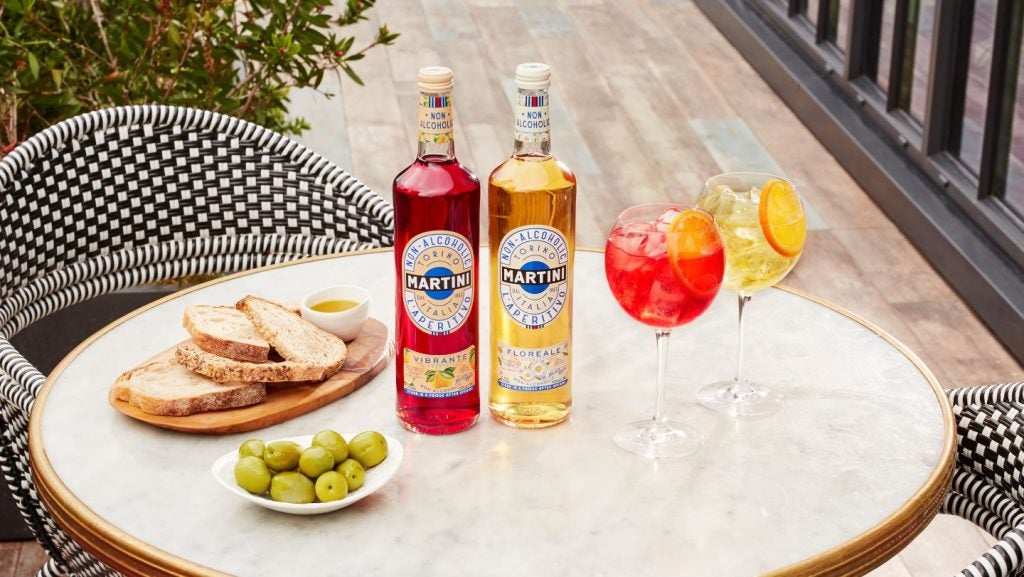
Just Drinks: What production issues has Bacardi faced with its non-alcoholic spirits, such as the Martini Floreale or Vibrante?
Rozenfeld: It took us quite a long time, a few years, to crack the recipe. We decided quite intentionally to go down [the route of] vermouth and Martini because we have such an expertise in botanicals and the botanical extracts that we produce in-house for vermouth. We knew that these botanical extracts would be an amazing base to replicate in a non-alcoholic space.
The other part of the recipe was dealcoholised wine. That’s a technology that keeps moving, so you can get better and better with the dealcoholisation techniques to get your base to taste really nice and retain those wine cues.
The wine side was more of [a] learning phase for us but we got there in the end and I think the product really speaks for itself.
Just Drinks: What ways are you looking to improve and innovate with non-alcoholic spirits?
Rozenfeld: The first thing [we’re looking at is] how do we see opportunities to better serve our consumers and give them the experiences they’re looking for? On the one hand, we’re still looking into those opportunities in the market.
Then from another R&D point of view, [we’re] trying to look into how we can replicate that really strong taste delivery that we’ve cracked on vermouth on potentially your other types of alcoholic brands. [The process is] ongoing and we want to replicate that same approach we had for Martini.
Just Drinks: With that premium category in non-alcoholic drinks on the increase, where do you stand around pricing and non-alcoholic spirits?
Rozenfeld: I think there’s two different things here. There’s drinking less often and choosing better products to really indulge and have a great experience. Here, I’m talking about alcoholic products. When it comes to non-alcoholic options what we do see is that to make something taste really great, it takes a lot of production steps.
[With Martini] we actually use the same ingredients as if we're making Martini vermouth but we go into that extra step of dealcoholising, removing the alcohol from the wine, to protect the wine and to help [it] keep its qualities. Those techniques to remove the alcohol are quite advanced and quite expensive, so, at the end of the day, you have a product that's a bit more crafted than our original and that [reflects in] the cost of it for the consumer.
What I believe personally is that if you choose to have [a drink] in a bar ... and you decide to have an alcoholic option, you want to feel part of the group, you don’t want to go for the cheap one. To bring that experience through the theatre of the drink, the cocktail looking beautiful, having garnishes etc. means that drink is probably going to cost the same as if you were ordering an alcoholic version. I think it kind of contributes to [normalising] it and [making] it feel like the same experience as if you were drinking.
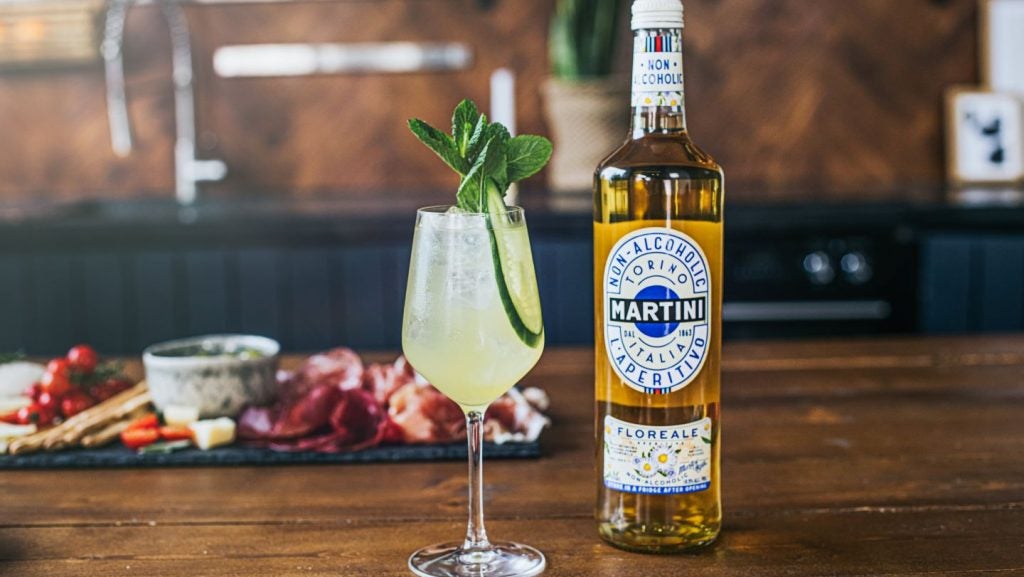
Just Drinks: Where do you think the strongest prospects lie for no- and-low alcohol products and the spirits category?
Rozenfeld: I’ve been working in this industry, on innovation and specifically non-alcoholic, for the best part of seven years now. From the start [I’ve] been involved in this and I’m really seeing that shift, where before it was almost no/lo on one side and then you have the rest, it’s [now] blending a bit more.
This idea of mindful drinking is not just about not drinking, it’s also about going for those lighter, lower options. I’m sure you’ve heard the buzzword ‘Damp January’ and I think it’s something that’s very European. We’re a bit less black and white maybe than our US friends; when they decide to not drink or go on a diet, it’s very extreme. Here in Europe, there’s more this idea that you want to be enjoying the same quality of drinks and you’re okay with drinking, you just want to drink a bit less on certain occasions.
It’s a long way to say I think the products that enable you to make low alcohol [choices], like the St Germain spritz, [are] going to get more traction. [I’m] finding that middle ground in the low space is getting more traction than the no, versus what I’ve seen before.


